当前位置:网站首页>Kotlin introductory notes (V) classes and objects, inheritance, constructors
Kotlin introductory notes (V) classes and objects, inheritance, constructors
2022-07-05 09:14:00 【Meng Meng Mu Xi】
Preface : This tutorial is best done with JAVA Study on the basis of
One 、 Classes and objects
use class Keyword to declare a class , And java identical .
eg.
(1) Define a Person class :
class Person {
var name = ""
var age = 0
fun eat() {
println(name + " is eating. He is " + age + " years old.")
}
}(2) Instantiation Person This class :
val p = Person()kotlin Give up java Of new keyword . The reason for doing this , Because you call the constructor of a class , Your intention can only be to initialize this class .
(3)main Function :
fun main() {
val p = Person()
p.name = "Jack"
p.age = 19
p.eat()
}Run a screenshot :

Two 、 Inherit
I have to mention that kotlin Several characteristics of :
Kotlin Characteristics of :
Kotlin By default, all non abstract classes cannot be inherited
eg:
Now I define a Student class , Want it to inherit just Person class
class Student {
var sno = ""
var grade = 0
}Just now Person Class cannot be inherited , You need to add open keyword , As shown in the figure below :
open class Person {
var name = ""
var age = 0
fun eat() {
println(name + " is eating. He is " + age + " years old.")
}
}Combined with the open The keyword is followed by the compiler ,Person This class is designed specifically for inheritance . such Person Class is allowed to be inherited .
And then let Student Class can inherit Person class , as follows :
class Student : Person() {
var sno = ""
var grade = 0
}Kotlin Of Inherited keywords are also heavy extends Change into : , This is for those who have learned C# My friends are more familiar . But why is there a pair of parentheses after the inherited class ? Because it involves Java Provisions for inherited characteristics , The constructor of the subclass must call the constructor of the parent class , This rule is in Kotlin We should also abide by . It will be explained later Primary constructor and The secondary constructor 了 .
3、 ... and 、 Constructors
(1) Primary constructor
Each class will have a main constructor without parameters by default ( Same as java Constructor for ). Of course, you can also display the declaration parameters . But notice , The primary constructor has no body !
class Student(val sno : String , val grade : Int) : Person() {
}Instantiation :
val student = Student("a123",5)But , The primary constructor has no body , How to implement some logic ?
Kotlin It provides us with a init Structure , All the logic in the main constructor can be written in it :
class Student (val sno : String , val grade : Int) : Person() {
init {
println("sno is " + sno)
println("grade is " + grade)
}
}(2) The secondary constructor
Kotlin Regulations ,
- Any class has only one primary constructor , But there can be many times constructors .
- The secondary constructor can instantiate a class , But it has a function body .
- When a class already has Primary constructor And then there is The secondary constructor , All secondary constructors must call the primary constructor ( Including indirect calls ).
eg.
Learn from the above ,Person The class of can also be written like this :
open class Person(val name : String , val age : Int) {
fun eat() {
println(name + " is eating. He is " + age + " years old.")
}
}So we let Student class To inherit Person class
class Student (val sno : String , val grade : Int , name : String , age : Int) : Person(name , age) {
constructor(name : String ,age : Int) : this("",0,name,age) {
}
constructor() : this("" , 0) {
}
}The secondary constructor is by constructor Keywords to define , Here we define two secondary constructors : The first secondary constructor receives name and age Parameters of ; The second constructor does not accept any parameters , It passes through this Called our first constructor , And will name and age Initial value of Fu . Because of the second one The secondary constructor Indirectly call the first The secondary constructor , So it is still legal .
So now we have three ways to be right Student initialization :
val student1 = Student()
val student2 = Student("Tom",15)
val student3 = Student("a123",5,"Jack",18)A special case :
There are only secondary constructors in a class , There is no primary constructor . This is a rare case , But in Kotlin Is allowed . When a class does not explicitly define a primary constructor and defines a secondary constructor , It just doesn't have a primary constructor .
class Student : Person {
constructor(name : String , age : Int) : super(name,age){
}
}First ,Student There is no definition shown after the class Primary constructor , At the same time, because of the definition The secondary constructor , So now Student There is no primary constructor . So since there is no primary constructor , Inherit Person Class, there is no need to add brackets . Because there is no primary constructor , The secondary constructor can only call the constructor of the parent class , Call the parent constructor and Java identical , Use super keyword . No more talk here .
If you like this series , You might as well pay attention ! Thank you for watching !
Reference resources :
《 First line of code Android ( The third edition )》 --- Guo Lin
边栏推荐
- Applet customization component
- Nodemon installation and use
- Causes and appropriate analysis of possible errors in seq2seq code of "hands on learning in depth"
- 交通运输部、教育部:广泛开展水上交通安全宣传和防溺水安全提醒
- np. allclose
- Characteristic Engineering
- 云计算技术热点
- Applet (subcontracting)
- It's too difficult to use. Long articles plus pictures and texts will only be written in short articles in the future
- 【ManageEngine】如何利用好OpManager的报表功能
猜你喜欢
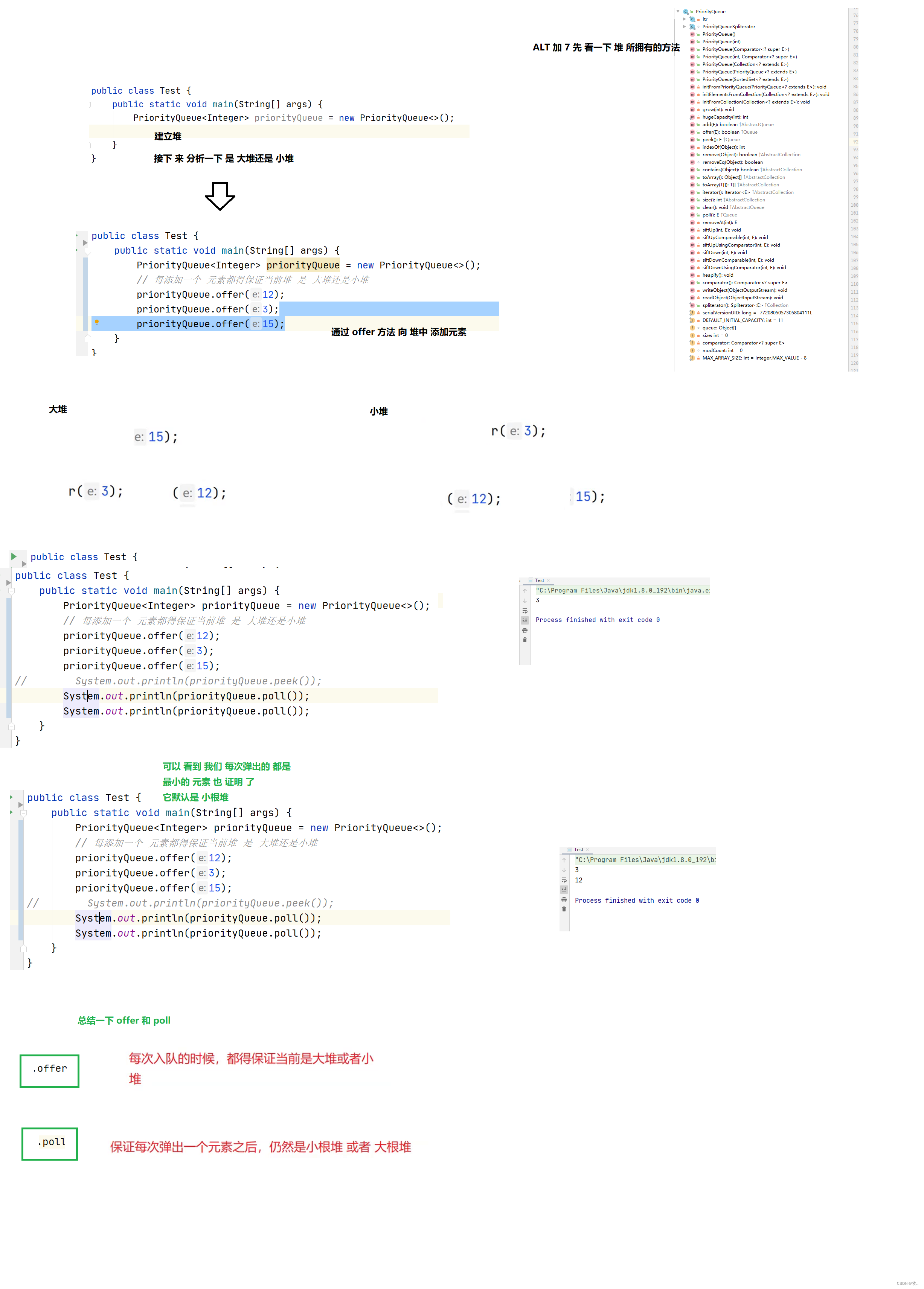
Priority queue (heap)
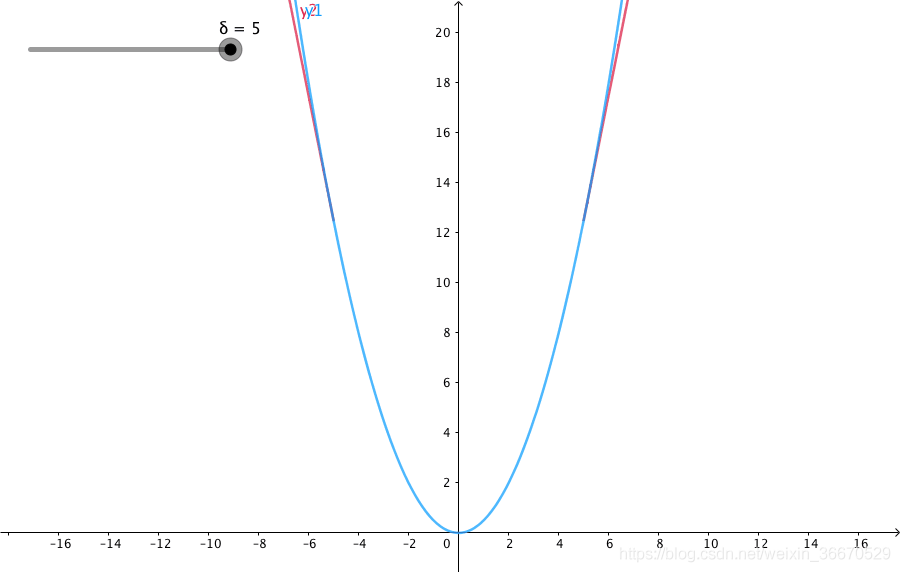
Huber Loss

Huber Loss

22-07-04 西安 尚好房-项目经验总结(01)
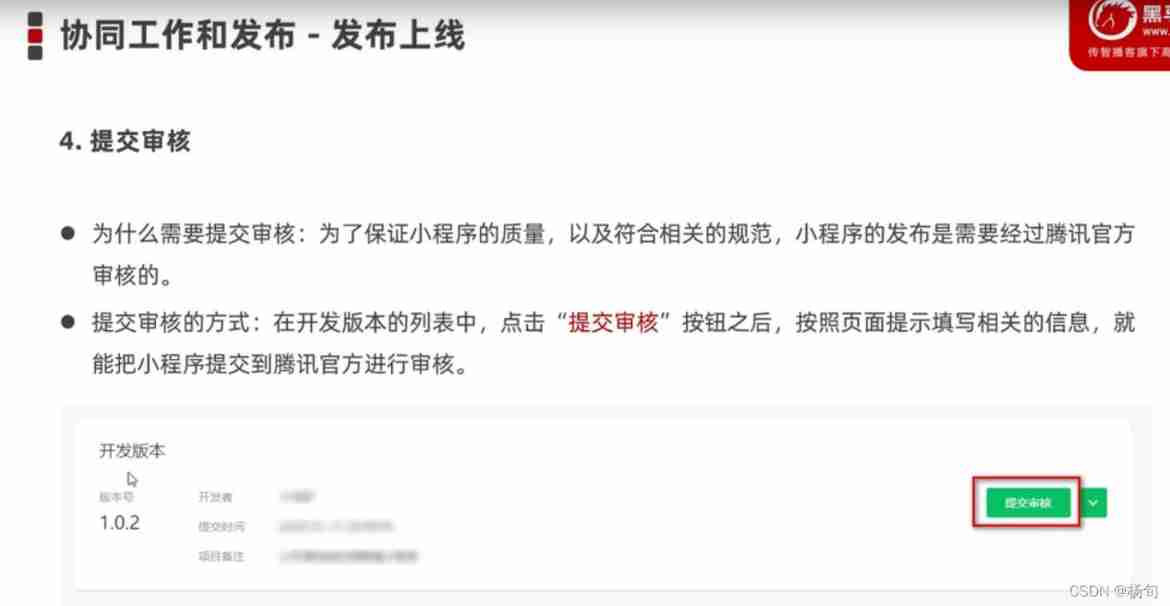
Node collaboration and publishing
![Rebuild my 3D world [open source] [serialization-3] [comparison between colmap and openmvg]](/img/7d/e7370e757c18b3dbb47e633703c346.jpg)
Rebuild my 3D world [open source] [serialization-3] [comparison between colmap and openmvg]
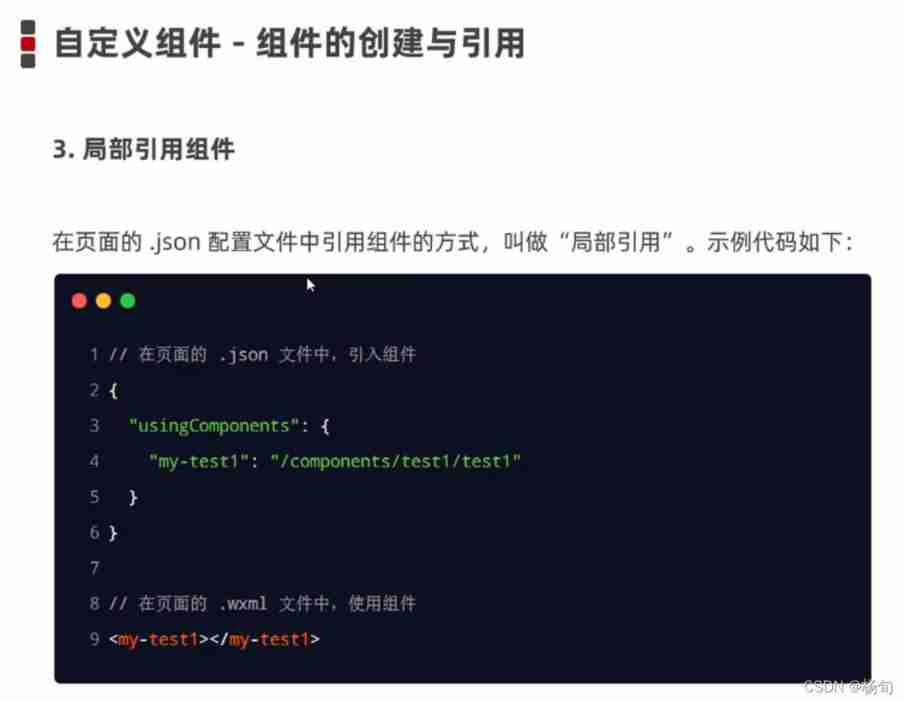
Creation and reference of applet

Summary and Reflection on issues related to seq2seq, attention and transformer in hands-on deep learning
![Multiple solutions to one problem, asp Net core application startup initialization n schemes [Part 1]](/img/c4/27ae0d259abc4e61286c1f4d90c06a.png)
Multiple solutions to one problem, asp Net core application startup initialization n schemes [Part 1]
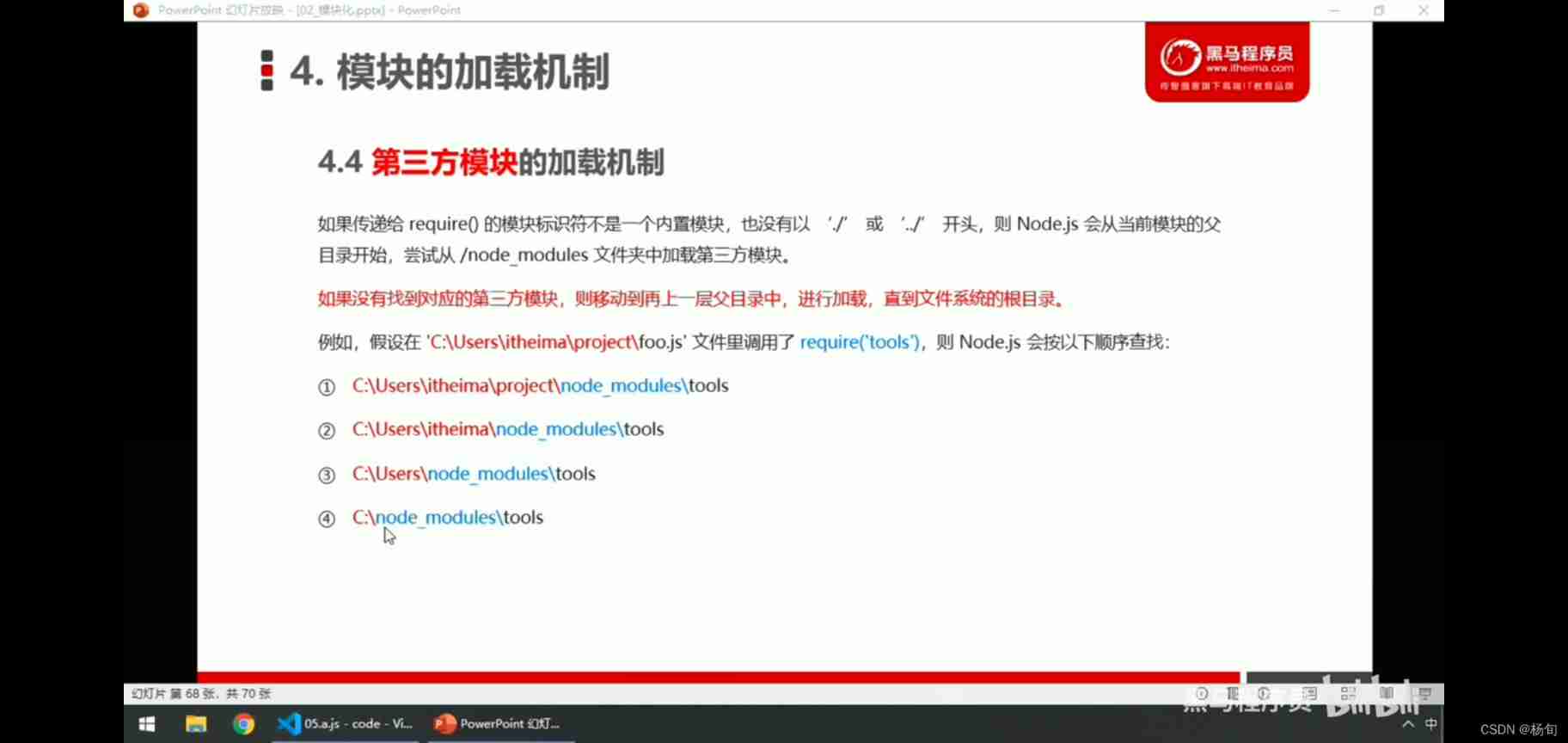
Nodejs modularization
随机推荐
ROS learning 4 custom message
Generate confrontation network
[code practice] [stereo matching series] Classic ad census: (4) cross domain cost aggregation
Global configuration tabbar
Golang foundation - the time data inserted by golang into MySQL is inconsistent with the local time
Applet global style configuration window
编辑器-vi、vim的使用
Programming implementation of subscriber node of ROS learning 3 subscriber
Golang foundation -- map, array and slice store different types of data
Summary and Reflection on issues related to seq2seq, attention and transformer in hands-on deep learning
Hosting environment API
[technical school] spatial accuracy of binocular stereo vision system: accurate quantitative analysis
Ministry of transport and Ministry of Education: widely carry out water traffic safety publicity and drowning prevention safety reminders
什么是防火墙?防火墙基础知识讲解
asp. Net (c)
. Net service governance flow limiting middleware -fireflysoft RateLimit
AdaBoost use
Wechat H5 official account to get openid climbing account
c#比较两张图像的差异
Multiple solutions to one problem, asp Net core application startup initialization n schemes [Part 1]